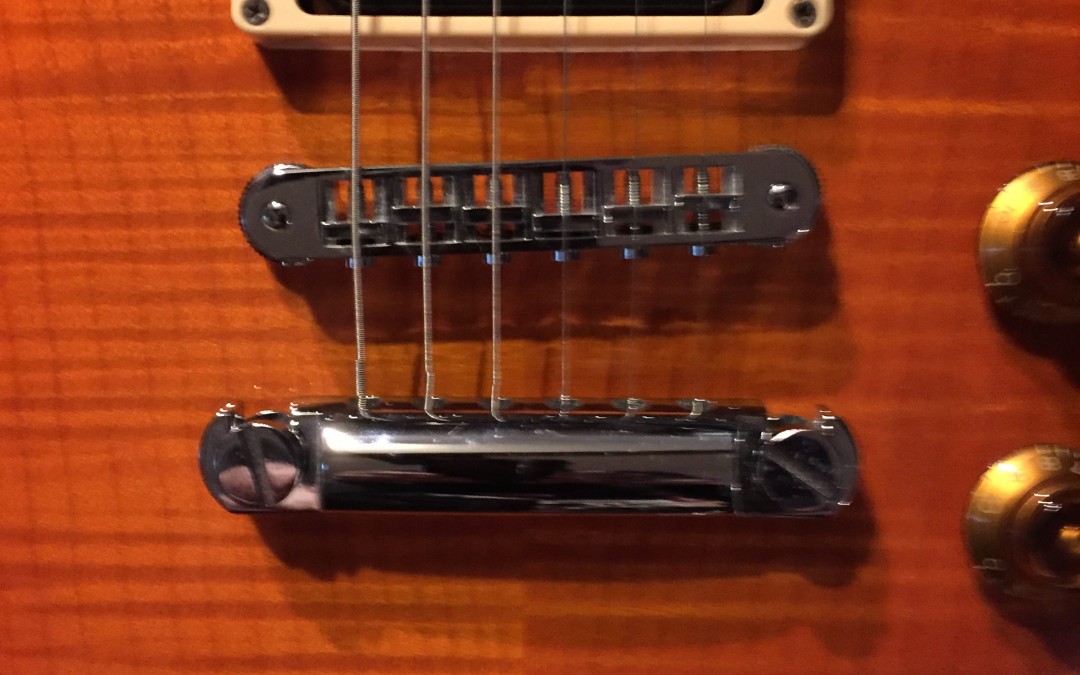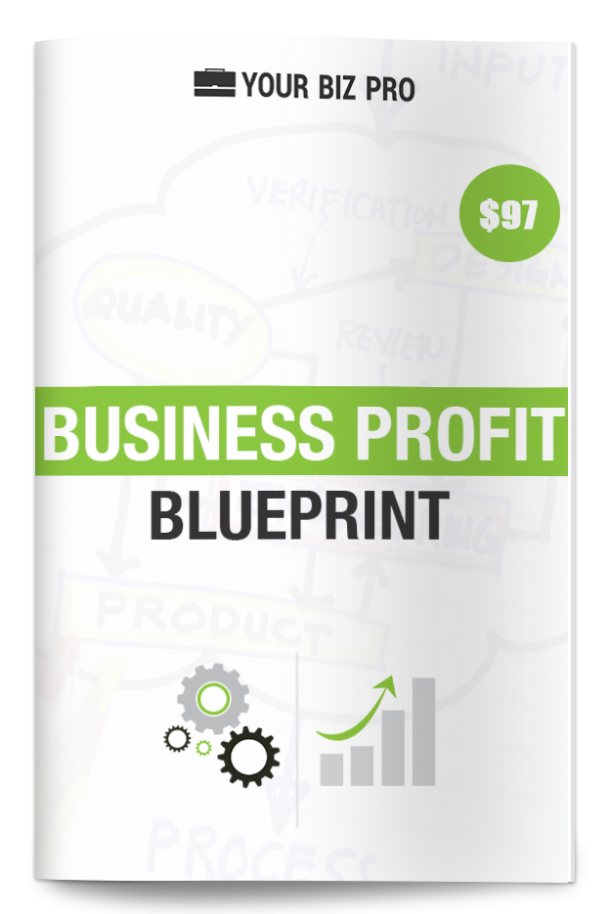Every product has a value. The value has some relationship to its cost, but there is more to it. Some of the value comes from the features and benefits. With some features being obvious, and some being discovered over time. But what about the things that give you clues about a product’s value – how expensive it should be or how well made it is – that don’t show up on a spec sheet or feature list?
Elements of design, fit, feel and finish provide emotional triggers which lead people to instantly, emotionally discern that one product has greater value than another – even if the costs are equal. This is what I describe as apparent value. The Lexus RX350 has greater apparent value than the Toyota Highlander – you hear it when you slam the door of each. You see it in the interior trim. You feel it in the upholstery. Yet they are clearly built on the same chassis, with many common parts, etc. In some cases, apparent value adds cost. In others, it simply requires greater attention to detail, a different color palette, a change in lettering style, or a different texture.
A very important thing to be aware of is the definition of value changes with the audience.
If the target customer is someone who is planning to go camping in the wilderness, they will value a product that gives the impression it can survive rough handling more than a product that appears to be designed for the boardroom and is part of something called the “executive collection”. Yes – even the product name can add or subtract apparent value, and the value is completely determined by the target customer.
Be sure to know your customer well, and spend the time to make sure your product is designed with them in mind. Time and attention to this detail will help you create more loyal fans and more profitable products.


